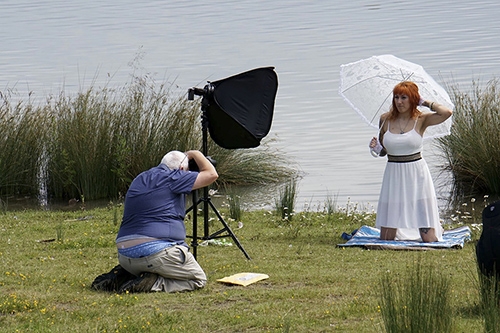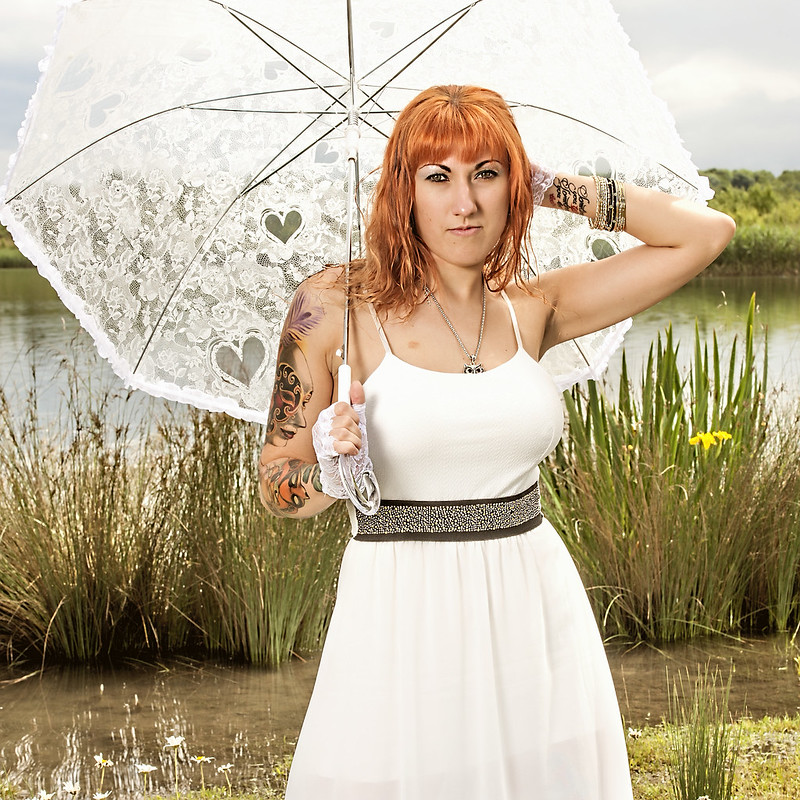- Messages
- 510
- Edit My Images
- No
Running the risk of being hailed a fool and but if you don't ask......
On a few recent shoots I've tinkered with shooting the subject (couples/families) from range with a 70-200 and have had mixed results- mixed from a sometimes the flash barely makes a difference and sometimes its a little too much.
Can anyone recommend some settings to get a better more constant result?.... I appreciated lighting is different but I am more on about whether to plug for manual everything, or to let the ISO run on auto and the flash should I put that in full manual also?
Camera is either a nikon d3 or d800e and the flash is the sb910.
Any pointers to help me emulate some of the crackers I've got when I got it right would be great- thanks
On a few recent shoots I've tinkered with shooting the subject (couples/families) from range with a 70-200 and have had mixed results- mixed from a sometimes the flash barely makes a difference and sometimes its a little too much.
Can anyone recommend some settings to get a better more constant result?.... I appreciated lighting is different but I am more on about whether to plug for manual everything, or to let the ISO run on auto and the flash should I put that in full manual also?
Camera is either a nikon d3 or d800e and the flash is the sb910.
Any pointers to help me emulate some of the crackers I've got when I got it right would be great- thanks




